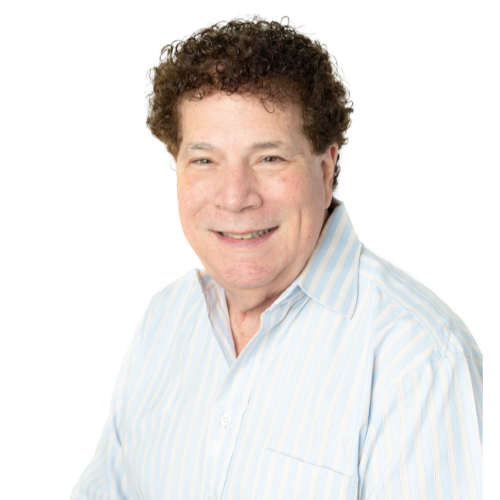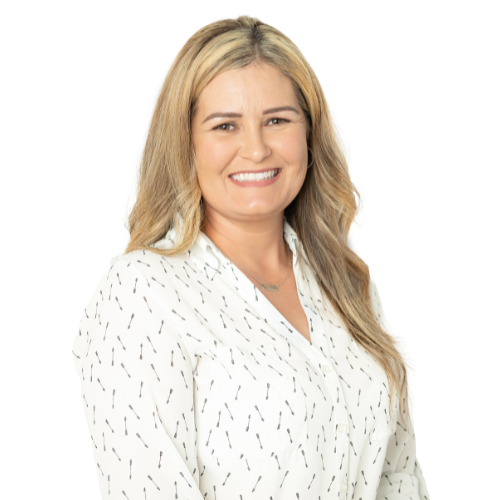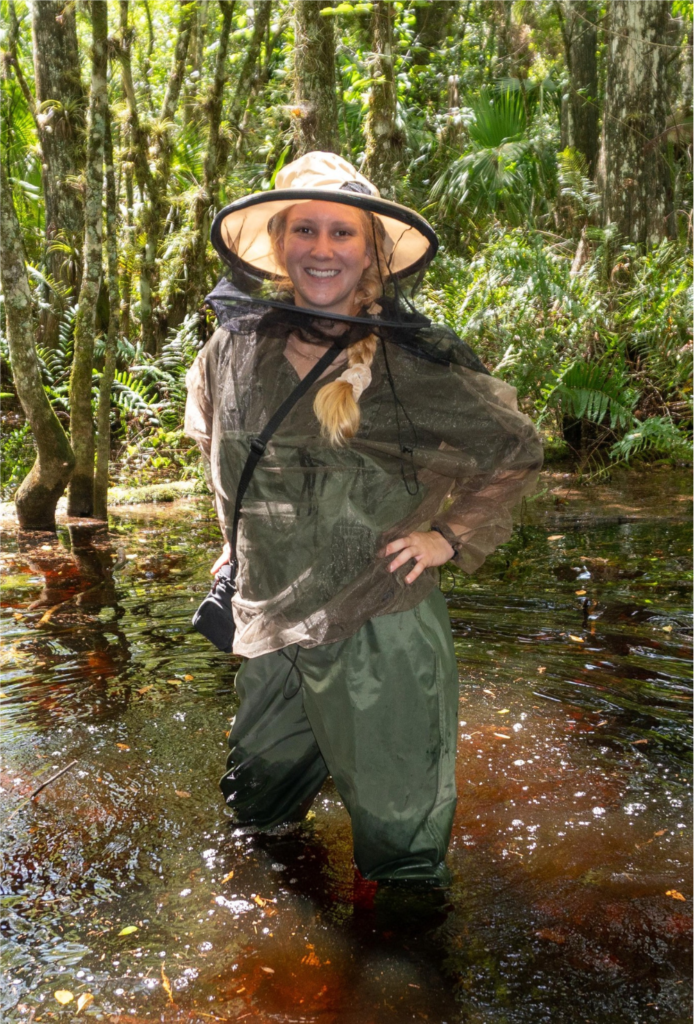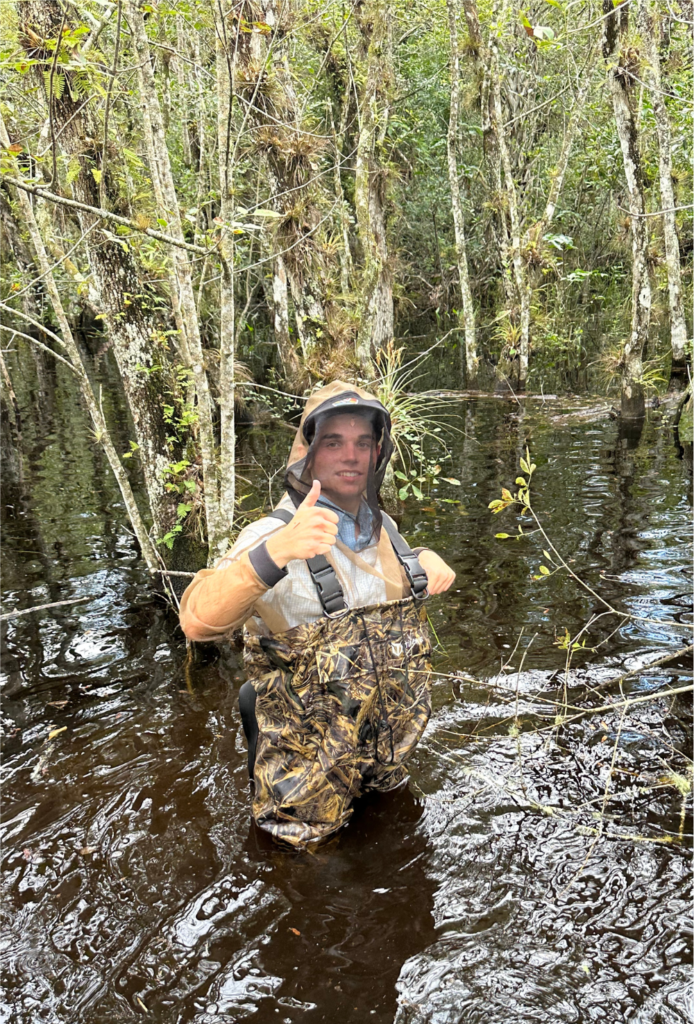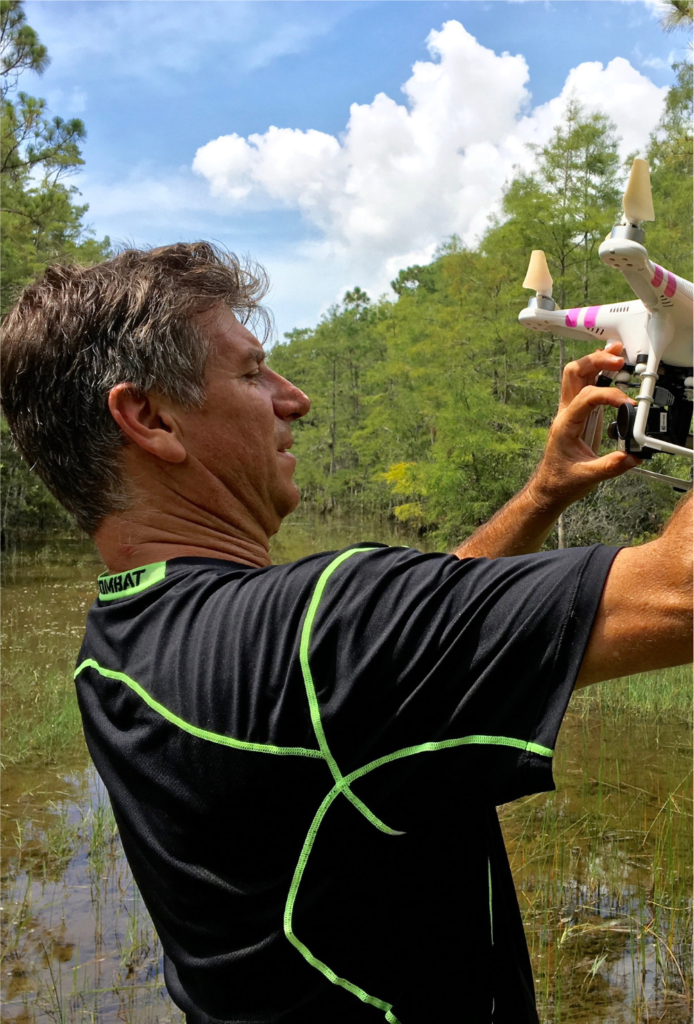Biologists object, insist cat is no danger to humans
This commentary has been updated.
They say that cats have nine lives. I am not sure that’s the case with Florida panthers. Sometimes it feels like everything in the world is trying to snuff them out — everything human, that is.
In the 1950s, hunters killed so many panthers that state officials banned shooting them. In the 1970s, their primary habitat, the Big Cypress Swamp, was nearly turned into the world’s largest airport (they were spared by, of all people, Richard Nixon). By 1995, there were so few left that inbreeding was producing major genetic defects.
Yet they have hung on like that kitten in the 1970s inspirational poster, and now there are about 200 slinking around what’s left of Florida’s wilderness.
That’s still not a lot. And now a federal agency has decided it’s OK to kill one.
Yes, you read that right. The U.S. Fish and Wildlife Service, the U.S. government agency in charge of protecting panthers and the one doing such a bang-up job protecting manatees, has imposed the death penalty on one of these rare cats.
I learned the story behind this bizarre decision by perusing about 400 government emails (What do you call a group of emails? A flurry?). I obtained them under Florida’s wonderful Government in the Sunshine Law, which our Legislature keeps trying to flush down the toilet like a batch of embarrassing White House documents.
Reading them kept me up past midnight, just like a good murder mystery, except in this case the murder hasn’t happened — yet.
Who’s the victim? Well, biologists studying panthers assign them all numbers, not names. It’s a way to make sure they don’t start treating these apex predators like pets. But a few panthers have made a name for themselves anyway.
Florida Panther 3, for instance, died accidentally while being captured, an incident that occurred during the early days of the state wildlife agency strapping radio collars on the big cats for research. That’s the panther death that led to the discovery of the genetic defects. Its taxidermied remains are on display at the Florida State Archives in Tallahassee.
FP 62 was the first radio-collared panther to ford the Caloosahatchee River and prove panthers could live in other parts of the state besides southwest Florida. It roamed as far north as Disney’s Animal Kingdom before its collar’s battery conked out and we lost track of it forever.
Then there was FP 79, nicknamed “Don Juan” for his prolific breeding success. Er, um, we won’t discuss that <blushes>.
The panther I want to tell you about right now is FP 260. This cat experienced a brush with death, recovered, was celebrated for its successful release back into the wild, starred in a nature film and then — hoo boy! You can’t see it, but I am shaking my head right now because of what happened next.

Beginning last fall, 260 became the center of a bizarre spectacle involving paintball guns, a pack of hunting dogs, and a politically connected rancher. As of February, we still haven’t seen the end of it.
As a result of this high-profile conflict, the feds decided 260 has to die. The agency would prefer to capture this cat and stick it in a zoo forever, thus taking one of the 200 panthers back out of the wild and thwarting its potential to breed just as it reaches maturity.
But if no zoo is available, then the agency stands ready to dispatch 260 across the Rainbow Bridge. Or as the federal panther coordinator wrote in an email, “We will make plans for capture and euthanasia.”
Florida’s panther scientists disagree with that move. I would say “strongly oppose,” but that seems like an understatement, based on the fiery emails they’ve sent.
One warned the consequences would include “public outrage” that would lead to “serious negative repercussions” for both the state and federal wildlife agencies. Another state employee wrote that she’s been losing sleep over what the callous feds were about to do: “FP260 is not a criminal. He is a wild panther.”
The federal Fish and Wildlife Service is ready to take such a drastic (and probably illegal) step for one simple reason. In the words of one state biologist, “FP 260 is the renegade panther with a taste for veal, unfortunately.”
From near-roadkill to calf killer
Years ago, the main cause of death for male panthers was other male panthers. They’re territorial animals. When one male moves into another male’s territory, a fight inevitably ensues, sort of like when my mullet-haired cousins from the Panhandle go to their local roadhouse.
But over the last 20 years, as new roads were built through panther habitat and lots of cars and trucks zoomed down those roads, the leading cause of death became vehicle collisions. In 2020, 19 of the 22 panthers found dead had been flattened by cars.
FP 260 nearly became No. 20 on the roadkill roll call.
Fortunately, after a car clobbered the cat in December 2020, someone who witnessed the collision stopped to check on the victim, thinking it was dead.
“Surprisingly, he found the cat still alive and made sure no other cars struck it,” Immokalee rancher Liesa Priddy wrote on a Facebook post for her JB Ranch. “After a few minutes the cat made his way across the road and under a fence onto my ranch property.”
Priddy called the Florida Fish and Wildlife Conservation Commission. Soon a team of biologists showed up, tranquilized the injured panther, and took it to the Naples Zoo for treatment and rehabilitation.
Priddy, in her Facebook post, wrote that it would be “released back in southwest Florida, ideally on someone else’s property.”
Fortunately, 260 didn’t break any bones. Veterinarians cleared the cat for release after just two weeks. Biologists strapped a radio-collar on the panther’s neck, named it FP 260, and turned it loose in the Florida Panther National Wildlife Refuge.
Having been hit once, FP 260 apparently learned an important lesson about avoiding a second such near-death experience. As excited biologists tracked its radio-collar positions, they saw it began navigating the area using underpasses.
“By using up to 12 different wildlife crossings, FP 260 has been able to safely access Florida Panther National Wildlife Refuge, Fakahatchee Strand State Preserve, and Big Cypress National Preserve without ever setting a paw on a paved road,” a wildlife commission press release stated. The panther’s adaptation was so remarkable that it was noted by a local TV report.
A short film called “Wildlife in Our Backyard” featured FP 260 too. In the movie, sponsored by the Florida Wildlife Federation and shown at several festivals, the narrator says that 260 “can show us what success looks like” for humans sharing the Florida landscape with wildlife. “He is successfully living and navigating the fragmented landscape. … FP 260’s future is bright, demonstrating hope for all of our native wildlife.”
By the time the movie hit the fall festival circuit, though, FP 260 had returned to the JB Ranch and started preying on Liesa Priddy’s calves. Normally, panthers prefer to eat deer or feral hogs. But starting in October and running through December, FP 260 took down nearly a dozen of her heifers.
Priddy is a former state wildlife commissioner whose tenure was — oh, what’s a good word for it? Controversial? Yes. Headline-making? Sure. The subject of ethics complaints? That too, but she was cleared.
She has been complaining about panthers attacking her cattle for more than a decade. She has never been shy about calling, texting, or emailing state and federal officials to demand they do something about her losses, and for a very good reason.
“It’s nice for agency folks to empathize with ranchers who are losing calves; but it doesn’t seem to register what we are really losing is dollars,” she wrote in one email about FP 260 to a top wildlife commission official written in blood-red letters. “Our ranch loses at least $25,000 per year from this problem. Anyone you know want a $25,000 pay cut?”
In 2016, Priddy became the first rancher ever compensated by the federal government for losing cows to Florida’s official state animal. But the reimbursement process is slow and full of red tape, she told me when she and I talked this week.
Now, in a matter of months, a single panther had chomped on at least 10 of her calves, and she demanded action, pronto.
“She understands that we do not typically capture, relocate [or] haze panthers in most scenarios unless there is a human safety concern,” state panther biologist Dave Onorato said in an October email regarding FP 260.
But as Priddy’s calf losses mounted, her calls for help went to higher-ups including the chairman of the state wildlife commission and the head of the federal wildlife agency in Florida. As a result, the state and federal agencies broke from the “typical.”
First, they tried “hazing.” They used a pack of hounds normally employed to track the panthers for collaring the cats, and chased FP 260 away from one of its kills, treeing it not once but twice.
Then they fired what are known as “shell crackers” using a paintball gun, a method usually used to scare off bears. When the federal panther coordinator, David Shindle, heard about the panther’s appearance in the “Wildlife in Our Backyards” movie, he joked, “FP 260’s future is bright … illuminated by the dazzling pyrotechnic displays of shell crackers.”
That didn’t deter the persistent panther. It would not depart Priddy’s ranch.
For their next step, in November, state biologists tried relocation — capturing the cat and moving it.
“After anaesthetizing him, they transported him from the JB Ranch to the Fakahatchee Strand Preserve State Park,” Onorato wrote in an email.
They turned it loose at a spot 18 miles south of the ranch. A little more than a week later, FP 260 returned to the free smorgasbord provided by Priddy’s herd, in almost the exact same spot where it had been captured.
Shindle’s job involves all 200 or so of the panthers, but he was giving this one his full attention. He made repeated visits to the JB Ranch, checking the places where FP 260’s radio-collar had been pinpointed.
Once, he nearly stumbled into the object of the uproar. He joked that “I was so close that I looked into his eyes and could see his soul.”
In a November report on that encounter and their options for dealing with FP 260, Shindle wrote that all the panther’s attacks “have so far not included a potential human safety concern.” Under their official Panther Response Plan, the state and federal agencies still classified this as a low-risk situation — annoying and expensive, but not a threat to humans.
But then, in December, that changed.
Marked for death
Newspaper accounts of the 1800s and early 1900s are rife with wild stories of panthers attacking humans. However, the number of documented Florida panther attacks on people is exactly (carry the one, add the remainder) zero.
Even though our cars and trucks kill them with a sickening regularity, the panthers would prefer to slink off than tangle with us hairless apes.
Yet in December, Priddy told federal officials that she feared FP 260 would attack a human. That gave them the legal pretext they needed to declare it a threat deserving death.
Shindle, in a late December email, wrote that his agency had “determined that Florida panther FP 260 should be permanently removed from the wild on the basis of the following federal authority” — and here he cited a specific federal regulation on endangered species — which “provides for removing animals that constitute a demonstrable but non-immediate threat to human safety.”
Then he wrote that if they couldn’t find a zoo to take it, “the USFWS will exercise the above authority to kill this panther.” Like Steven Seagal, FP 260 was now marked for death. <Cue suspense music.>
Shindle wrote that the leadership of the state wildlife commission — Chairman Rodney Barreto and executive director Eric Sutton — “concurred with the above determination.” They did so even though it is counter to what their own biologists want and constitutes a step that longtime environmental advocates say is unprecedented.
I asked Priddy about her fear of 260, telling her that, in my experience, she’s never been afraid of anything — including reporters asking snarky questions. What made her fear this panther?
She told me it happened when she accompanied biologists investigating one of her dead calves: “The panther was still nearby, and I saw it looking at us.”
How did 260 react to seeing humans so close? “It crouched, watched, and silently moved away,” she said.
I told her that didn’t sound like threatening behavior. She said she’d seen videos of cougars out West attacking their prey and knew that these big predators are “nothing to mess with.” Then she said, “Who knows what goes on in their heads?”
One thing Priddy had not included in any of her emails, but that she told me when I asked, is that she has been reimbursed for the loss of eight of her 11 lost calves.
The Naples Zoo — the institution that cared for FP 260 — paid her $752 per calf, which she said was last year’s market price. That’s a tad over $6,000. They would have given her money for the other three, she said, but that’s all their budget allowed.
So, to sum up: Because one influential person who’s seen some YouTube videos got n-n-nervous being close to a panther, and because she is out roughly $2,200 for the uncompensated loss of three calves, the might and power of the federal government stands ready to turn 260 into dead meat.
This cat, once hailed as a success story for its dogged survival, would become, to borrow the words of Monty Python’s Flying Circus, “A stiff! Bereft of life, he rests in peace! He’s shuffled off his mortal coil, rung down the curtain and joined the bleedin’ choir invisible!! THIS IS AN EX-PANTHER!”
Fortunately, 260 so far is (to quote a different Python sketch) not dead yet.
The reason is simple: Calving season ended at the JB Ranch. Around the time some ill-informed muckety-muck in Atlanta or Washington turned thumbs-down on its future, the young panther with the ravenous appetite left, heading back to wilderness far from cars and humans. Thus, “killing the panther is not being considered,” an agency spokesman said this week.
Its well-timed departure at least gives everyone time to reconsider this boneheaded decision. I can’t understand what the wildlife service bureaucrats were thinking but, as Priddy said of panthers, who knows what goes on in their heads?
I asked Priddy if killing this panther or locking it away in a zoo forever, all on her say-so, would be a tragedy.
“No,” she said. “There’s plenty more to take its place.”
Source: https://floridaphoenix.com/2022/02/17/the-federal-protector-of-endangered-florida-panthers-was-willing-to-kill-one/




